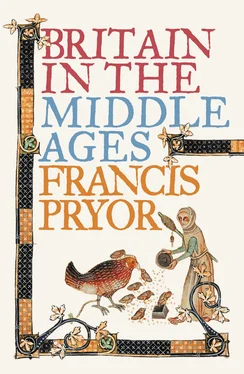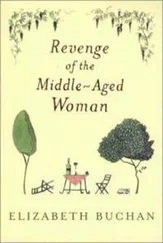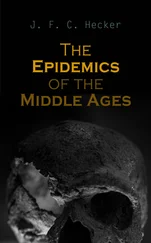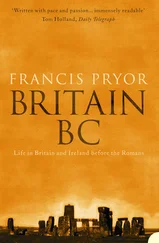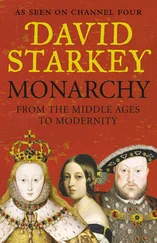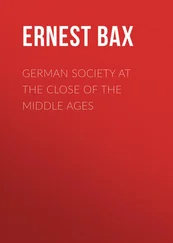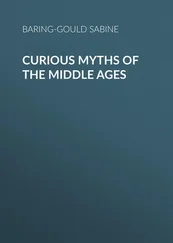The political situation in what is now northern England in the seventh – ninth centuries was extremely unstable. This is remarkable, because the eighth century saw what has been called a Northumbrian Renaissance, epitomised by scholars such as Bede and religious houses such as Lindisfarne. To the north and east, occupying the land in England and Scotland around the Cheviot Hills, was the kingdom of Bernicia, with Deira to the south, centred around the fertile Vale of York. Deira was taken over by Bernicia in the mid-seventh century, and both were then subsumed within the large kingdom of Northumbria, whose borders fluctuated quite widely, especially when campaigns against its northern neighbours took a turn for the worse. Southwestern Scotland was occupied by the Scots (or Scotti in Latin), who were in fact settlers from Ireland. North of the Firth of Tay were the Picts. During the heroic age much of the warfare took place between Angles from Bernicia and the Picts or the Scots further north.
Yeavering is about as far north in what is now England as it is possible to go. It is located in the Cheviot Hills, at the heart of Bernicia, just below a prehistoric hillfort known as Yeavering Bell. If you struggle over the ramparts of this hillfort in late winter, when the rough grass is low, you can clearly see the circular outline of collapsed Iron Age roundhouses. The settlement is on gently sloping ground at the foot of Yeavering Bell, whose commanding presence is everywhere, and which must have been the principal reason why the site was selected as a royal centre. The inhabitants of Yeavering could claim descent and protection from the ancestral figures who constructed the great hillfort.
This Bernician royal settlement – and I use that loaded word advisedly – went through a number of different phases. Great timber halls appear, are modified and replaced. Cemeteries even grow, come and go. But throughout its development the site shows the clearest signs of organisation and thought. Alignments matter, and symbolism is significant. Sometimes as I read Brian Hope-Taylor’s report – which I still consider the finest excavation report produced by a field archaeologist working in Britain – I feel I am in the Bronze Age, where sites like Stonehenge were about alignments almost more than anything else. Just as the presence of the nearby hillfort had a political message, alignment on celestial phenomena such as solsticial sunrise (or sunset) was a way of linking the world of the living to the power and authority of another world. These things mattered in the Bronze Age, as in Saxon times – as indeed they do today. Ceremony and ritual are methods that society uses to confer special authority on those selected (by whatever means) to rule.

FIG 2 The Bernician royal settlement at Yeavering, Northumberland, at its climax in Phase III, in the 620s. Six timber halls and a kitchen building lie to the east of the Great Enclosure, an elaborately defended meeting place, with two circular entranceworks, one of which contained a timber hall. At the centre of the settlement is a tiered timber grandstand or viewing platform where public ceremonies would have taken place. The large hall A4 and the smaller building A1 were joined together by a post-built yard or enclosure. .
Hope-Taylor was able to distinguish five phases of post-Roman occupation at Yeavering, of which the most elaborate was Phase III. This phase ended with a catastrophic fire which the excavator attributed to hostile action. I’m not certain that the evidence he cites is absolutely convincing, because timber and thatched buildings can burn like tinder in exposed situations. All it takes is a spark on a dry roof on a breezy day – or night. But if the fire was indeed caused by hostile action, it is likely to have been a British rather than a Viking raiding party, as Viking raids had yet to get under way. Leslie Alcock has reassessed Hope-Taylor’s dating and is unable to link the great fire to any known historical event. Taking the evidence together, he suggests that the most elaborate and extensive phase (III) of occupation happened in the 620s. The later two phases (IV and V) may have continued into the 640s. 9
Just to the east of the settlement was the Great Enclosure, with two circular entranceworks, one of which contained a hall. The enclosure is a massive affair, perhaps resembling a lowland hillfort, and was surrounded by two ditches and two sets of triple palisades of posts. This has to be seen as a fortification of some sort, but at the same time it does seem strange that the largest halls were positioned outside it. I think we are looking here at some form of gathering place that was meant to instil confidence in those who met there. Maybe it was a marketplace that was given royal protection – and the elaborate defences were also a way of reminding people that they were only able to trade there safely thanks to a powerful ruler.
In post-Roman Phase III the settlement consisted of at least six rectangular timber halls, one of which, Hall A4, was truly huge: 80 x 37 feet (24.4 x 11.3 metres); this gives a floor area of 3,000 square feet (275 square metres) – the largest known hall of the Saxon period. The settlement also included a cemetery and a unique timber grandstand or viewing platform. Hope-Taylor suggests that the shape of this structure would fit with the focus being on some sort of throne. The curved wall to the rear of the possible throne would have helped to project the voice of anyone addressing the audience from it. Perhaps a single post behind the throne carried some sort of royal standard or emblem.
The buildings at Yeavering were grand in the extreme, but the finds from the site were strangely unexciting, comprising perhaps two or three boxes of locally made pottery, a handful of coins, clay loom-weights, some metalwork and a quite a few iron nails. Compared to the ‘productive’ sites of Middle Saxon southern Britain, which I will discuss shortly, this is a less than lavish collection of material. The underlying concept of what constitutes royal pomp, or panoply, at Yeavering contrasts hugely with what we know about contemporary sites in the south, at places like Sutton Hoo in Suffolk, where the ship-grave of King Raedwald of Essex (who died in AD 625) contained treasures from all over Europe and the Mediterranean world. Yeavering seems to be more introspective, to be about impressing people with grand buildings and awe-inspiring structures rather than with wealth pure and simple. It also suggests that the royal house of Bernicia was probably more concerned with local relationships and hostilities than with long-distance trade. Again, this attitude to political life is markedly at variance with what was happening further south – and indeed with what was happening, and was about to happen, in monasteries in the north, at places like Lindisfarne, Jarrow and Monkwearmouth, where those masterpiece manuscripts of the ‘insular school’ were to be created.
Yeavering was not unique in its large timber halls. Other early examples have been found across Northumbria (there are a dozen at Thirlings) and in southern Britain, at sites like South Cadbury in Somerset and West Stow in Suffolk, which I will discuss further shortly. 10 We know from sources such as Bede that these great halls were spaces where feasting and general carousing took place under the approving eye of the lord. But they were also about more than simple pleasure. They were places where justice was dispensed, and their arrangement was intended to show – display would perhaps be a better word – the lord and his family to good advantage. The guests were either the lord’s subjects or neighbouring nobility who attended his table as part of the continuing business of regional diplomatic relations. The great halls played an important part in the development of early medieval society in Britain.
Читать дальше
